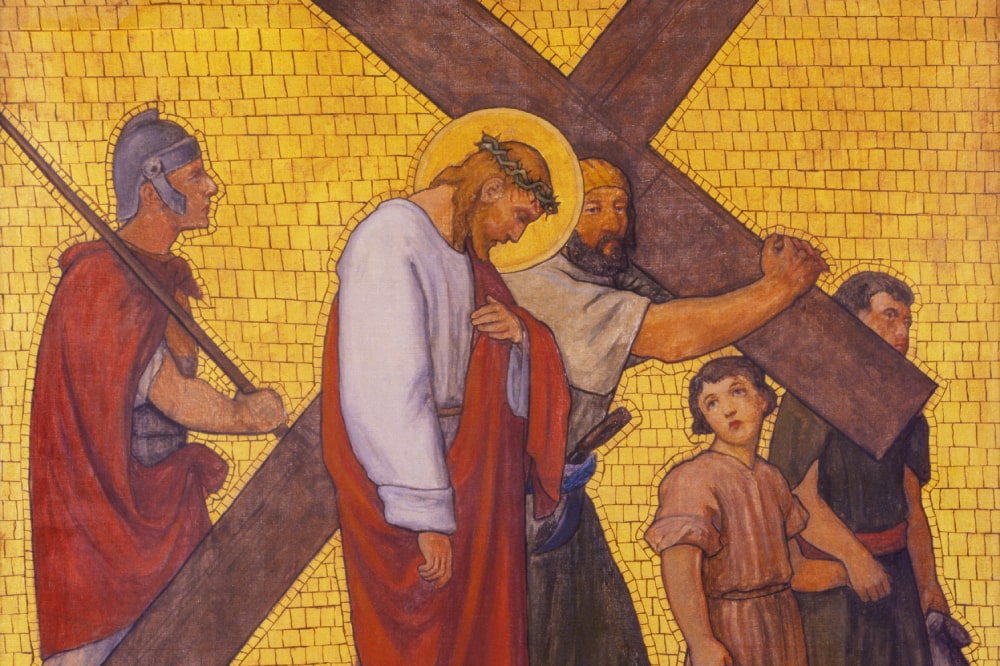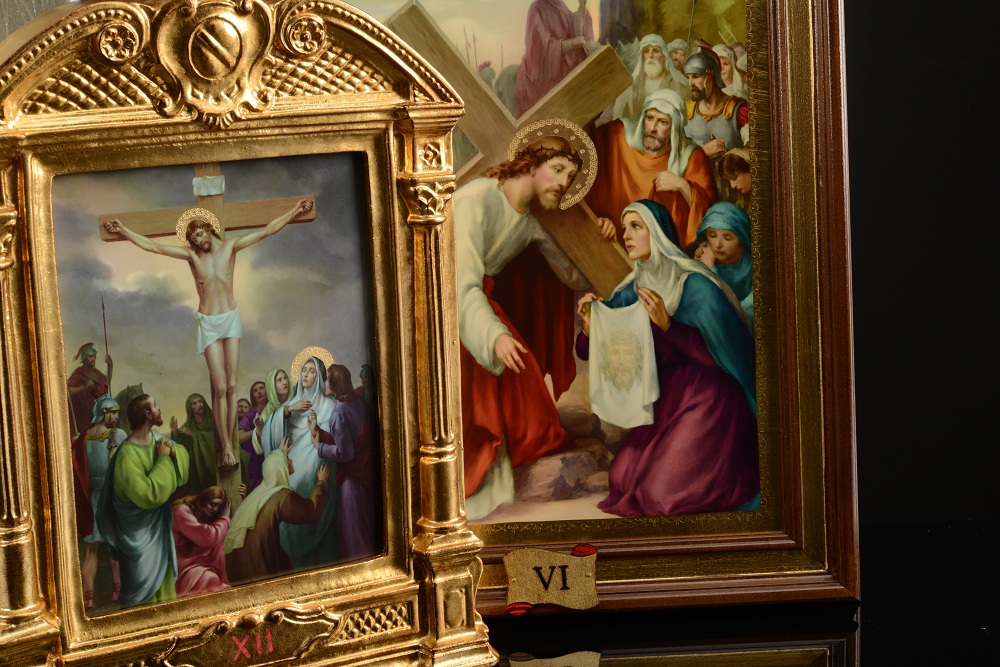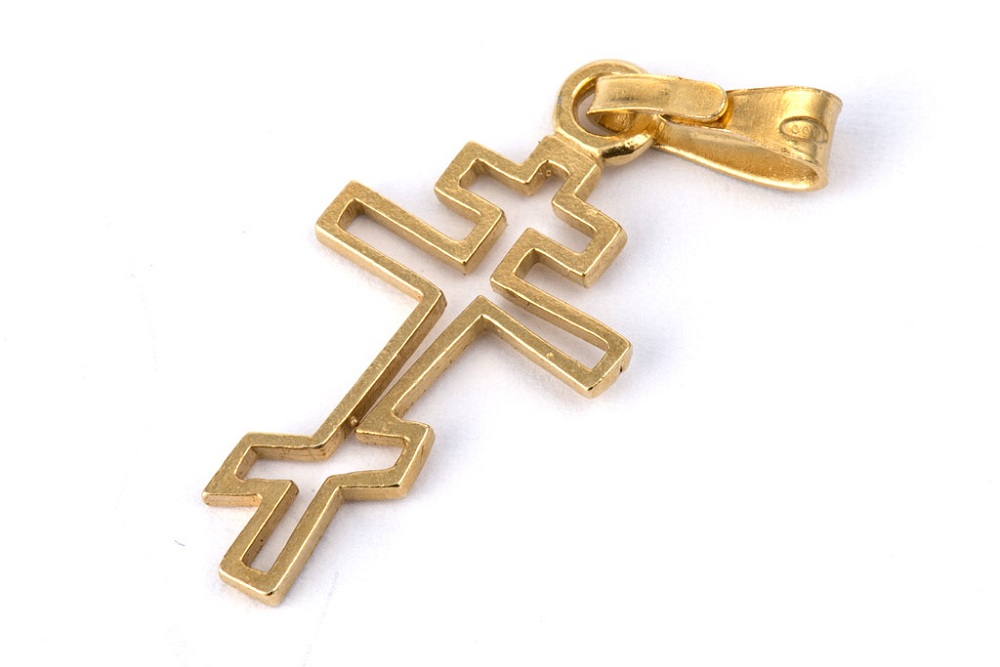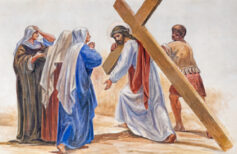Who helped Jesus carry the cross? Simon of Cyrene, despite himself a participant in the Passion and protagonist of the fifth station of the Way of the Cross. But who was he?
The Synoptic Gospels recount the journey of Jesus to the hill of the crucifixion, Calvary, or Golgotha, the place of the skull, as was known even then this hill, scene of bloody executions, with some significant differences. In particular, the Gospel of Mark and that of Matthew mention the name of a man, Simon of Cyrene, who would help Jesus to carry the cross to the place of the Crucifixion. Christ, exhausted after the scourging and innumerable tortures to which he had been subjected by his tormentors, no longer had the strength to reach Golgotha, and so the Roman soldiers: ” … they forced a passing man, a certain Simon of Cyrene who came from the countryside, father of Alexander and Rufus, to carry the cross. They then led Jesus to the place of Golgotha, which means place of the skull” (Mk 15:21-22).

Matthew also mentions a certain Simon, who, in his version, is forced by the Romans to carry the cross from the exit of the court where Jesus was condemned (Mt 27:32). Instead, according to John Jesus carried his own cross until Golgotha.
But who was this Simon of Cyrene, and why did the Romans force him to play such an unhappy yet significant role in the crucifixion of Jesus? We must consider the historical context of the Passion of Jesus: the Romans ruled Judea and, as all the rulers, they did not fail to oppress the people under their control with demonstrations of strength and oppression. In fact, there was a law that allowed Roman officers to force anyone to complete even heavy work, and this, regardless of the social condition of the person. Simon of Cyrene, who is chosen to carry the patibulum, or the horizontal arm of the cross, behind Jesus, was only a passerby. He was not witnessing the Passion of Christ, he passed there by chance, and according to some historical sources he was a notable, therefore a man of culture and rank not low. Forcing him to carry that instrument of torture and death, the Romans not only humiliated him but automatically prevented him from participating in the Passover, because from that moment on he would be impure in the eyes of God and men.

How is Easter calculated?
Each year changes date but remains the most important holiday: in this article, you will find out how Easter is calculated in the Jewish…
In Jerusalem stands the Chapel of Simon of Cyrene, right near the place where Simon came to Jesus’ aid. Built in 1895 along the Via Dolorosa in the Old Town, it belongs to the Franciscan order.
The Cyrenean in the Gospel of Mark
It is probable that the evangelist Mark knew Simon, or at least his sons Alexander and Rufus, mentioned as witnesses to the scene in which his father was the protagonist. We understand this from the fact that usually Marco was very reluctant to write the precise names of the protagonists of the events he told, while in this case he appointed all the members of the family. Perhaps they were still alive when Mark wrote his Gospel, and in any case they were well known in the Roman Christian community. The family was originally from Cyrene, a city located in eastern Libya, at the time a Roman colony. Hence the term “Cyrenean“, with which Simon is sometimes quoted, and which in common language has become synonymous with those who, willingly or unwillingly, take upon themselves the burden and suffering of another person. The discovery of some tombs and ossuaries in the mid-20th century has provided new information and demonstrated the historical existence of this character and his family.
The fifth station of the Way of the Cross
An ordinary man, Simon of Cyrene, a stranger from afar, and yet ready to take upon himself the terrible burden of a broken Man, at a time when all friends had abandoned Him, and His own Father was condemning him to a fate worse than death. A hymn to love and mercy, even where we do not expect to find it, an appeal to embrace diversity, to welcome it and support it along the winding path of life. The fifth station of the Way of the Cross is dedicated to him, made part of an unspeakable crime, and yet able to lend strength and support to those who, at that time, suffered more than him. Observing the various representations of the stations of the Way of the Cross, of which you can find many valuable reproductions also in our online store, we can not help but feel in our turn sharers of the mystery of the Passion, just like Simon of Cyrene and his children, spectators of a unique event and become part of the history of all stories, in the New Testament.

Meta description: Simon of Cyrene, an ordinary man, a foreigner forced to share the Passion of Jesus. Let’s find out who he was and where we find him in the Way of the Cross


























